
Realization Through Reps
It didn’t take me long to realize that shooting well isn’t just about pulling the trigger. It’s about everything that happens before and after—the draw, the grip, the sight picture, the follow-through. Dry fire gave me the chance to isolate and improve each one of those steps without burning through ammo. The more I practiced, the more I improved. And the best part? I never had to leave my house.
Dry fire practice is the act of going through the motions of shooting without live ammunition. You use your firearm (after triple-checking that it’s unloaded and safe) and practice everything from drawing and aiming to trigger control and follow-through. No bang. No recoil. Just you, your firearm, and your technique.
When I first started, I kept it simple—practicing trigger pulls while watching my sights. It didn’t take long before I noticed something interesting: my groups at the range were getting tighter, my draw was quicker, and it helped with my flinching too.
Why It Works
The key benefit of dry fire practice is repetition without distraction. There’s no noise, no recoil, and no concern about hitting a target. It strips shooting down to its fundamentals—grip, stance, sight alignment, sight picture, breathing, and trigger press.
What surprised me most was how much dry fire exposed flaws in my technique that I wasn’t aware of. I began to see how much I was jerking the trigger or dipping the muzzle during a press. Those little things that you miss in live fire became glaringly obvious in dry practice.
How I Practice Dry Fire
Dry fire has became a regular part of my training and something I actually look forward to.
The first thing I always do is make the area safe. I double-check that my firearm is unloaded. Removing all live ammo from the room is a good idea as well. That might sound excessive, but when it comes to firearms, there’s no such thing as being too cautious.

Once the safety check is done, I treat each dry fire session like a mini workout. Some days I’ll focus on my draw—getting smooth, consistent motion from concealment. Other days, it’s all about trigger control or sight alignment.
To keep things realistic, I use the same holster and belt setup I carry with. I also mix in reload drills using dummy rounds or snap caps and occasionally run malfunction clears to stay sharp under simulated stress.
It’s not glamorous, but it’s effective. And best of all, I don’t burn through ammo or need to leave the house to get quality reps in.
Tools That Help
You don’t need much to get started with dry fire practice, but a few tools can make a big difference:
-
Dummy rounds/snap caps – Essential for safe cycling and malfunction drills.
-
Laser training devices – These provide visual feedback on shot placement.
-
Dry fire apps and shot timers – These can help simulate drills and track progress.
-
A good holster and belt setup – Practice like you carry.

Common Mistakes to Avoid
I made a few mistakes early on that you can hopefully avoid:
-
Skipping safety protocols. Always treat your gun as if it’s loaded. Check, check again, and then check once more.
-
Going too fast. Speed will come, but not if you're reinforcing sloppy mechanics.
-
Neglecting follow-through. It’s easy to get lazy when there’s no real recoil or target impact. Commit to each movement like it counts.
-
Inconsistency. Like any skill, dry fire only works if you do it regularly and with focus.
The Results
After several months of committed dry fire practice, the improvement in my shooting was undeniable. My draw-to-first-shot time dropped significantly, my confidence in clearing malfunctions, and my accuracy at the range dramatically improved.
Perhaps most importantly, I found that dry fire kept me engaged with my training, even during times when going to the range wasn’t possible. Weather, ammo shortages, or time constraints—none of it could stop me from staying sharp.
Final Thoughts
If you’re on the fence about dry fire, give it a shot—no pun intended. It’s not flashy, and it doesn’t have the instant gratification of hitting a steel target. But it builds the kind of muscle memory and awareness that makes all the difference when it matters most.
Whether you carry for personal defense, shoot competitively, or just enjoy being proficient with your firearm, dry fire is the easiest, safest, and most cost-effective way to level up your skills.
Build habits. Build confidence.
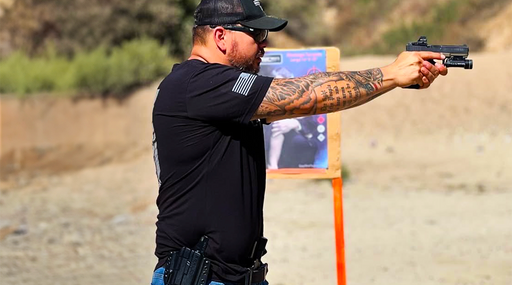
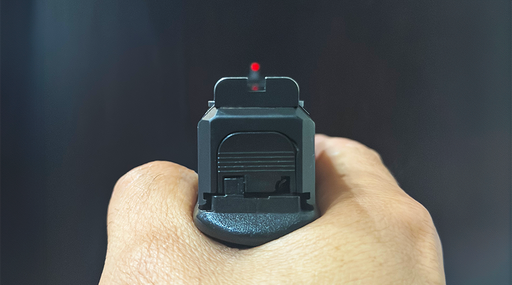
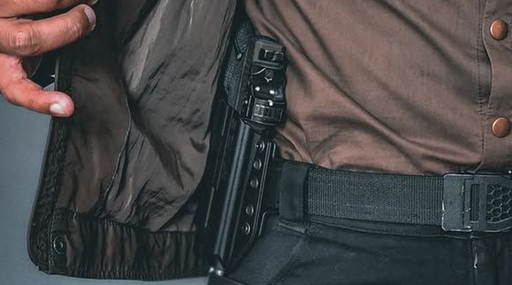
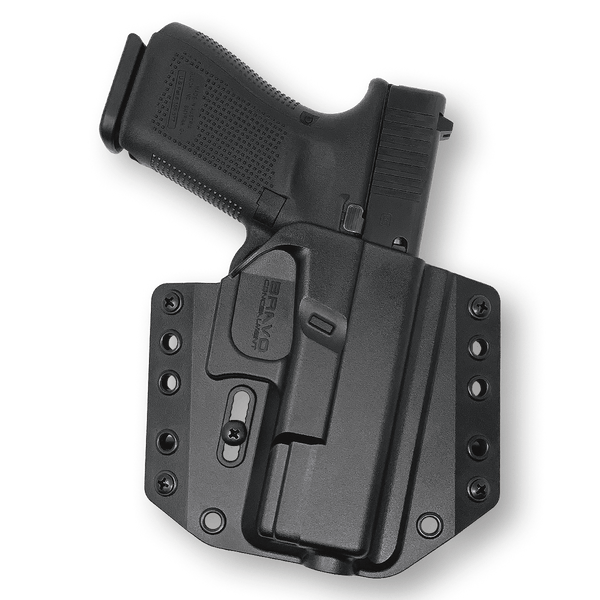
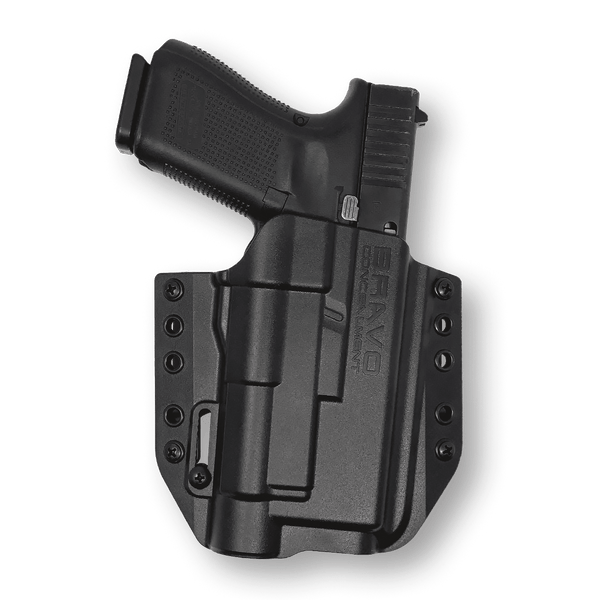
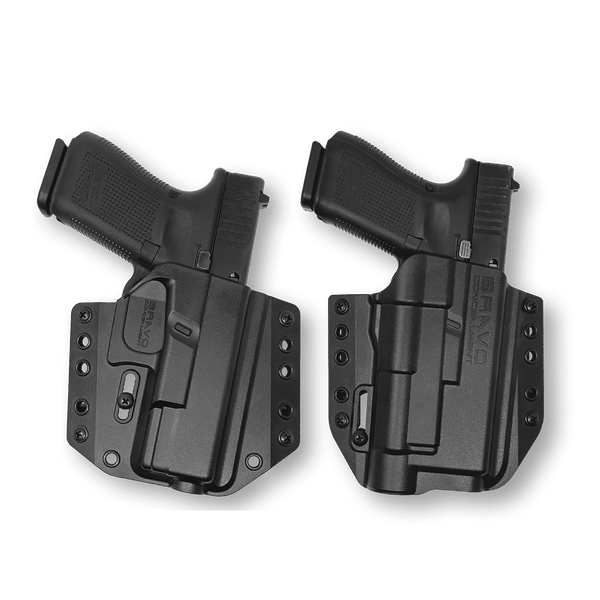
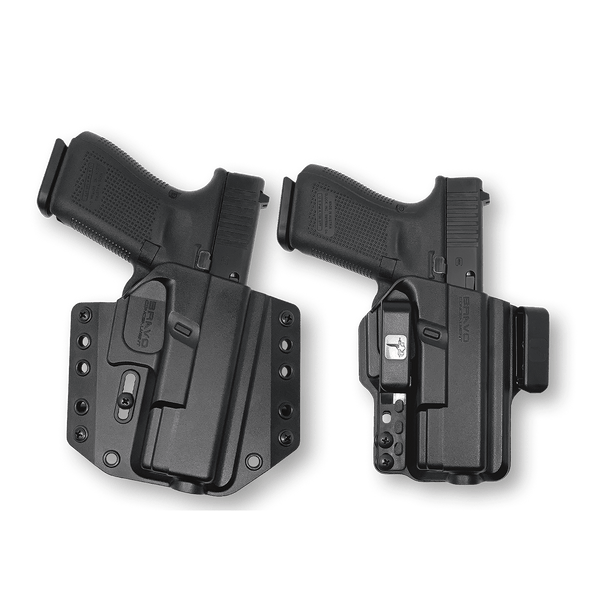

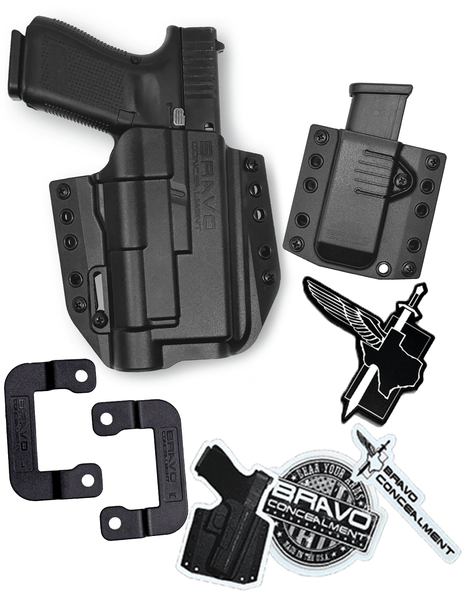
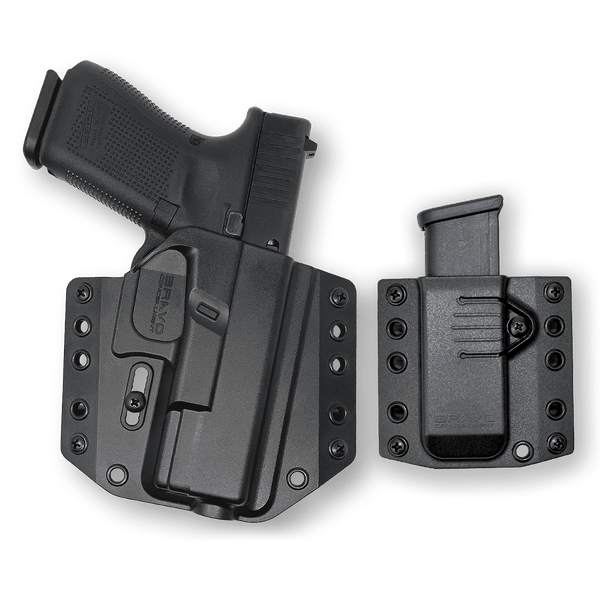
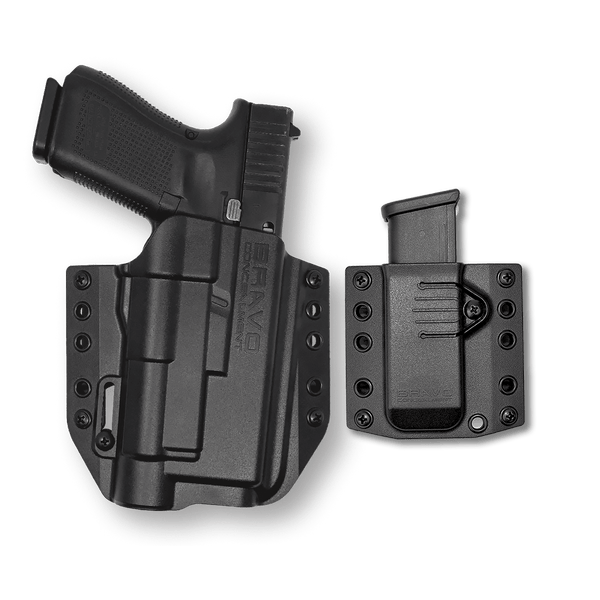
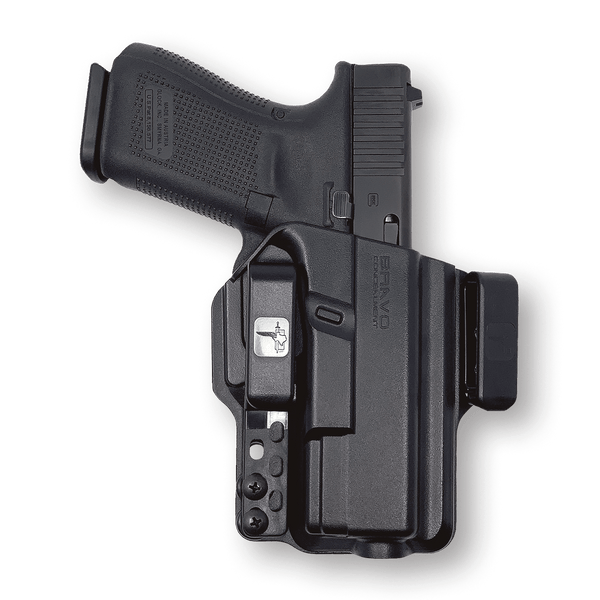
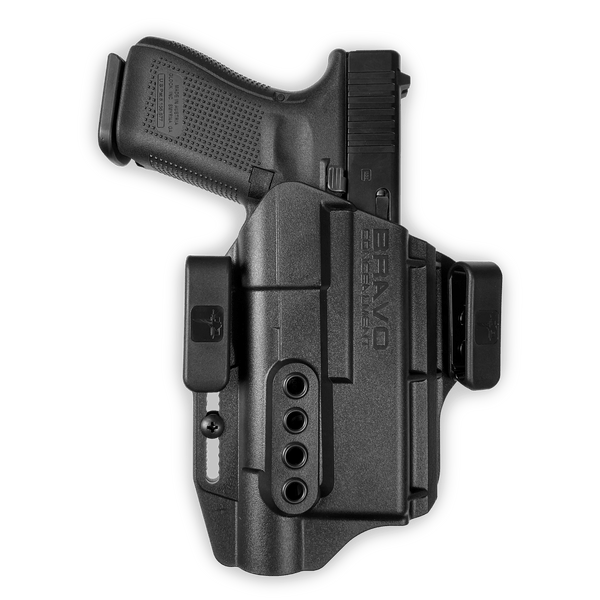
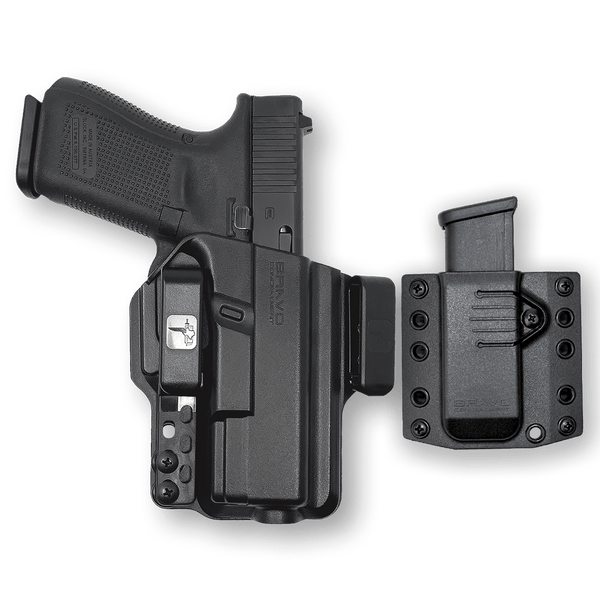
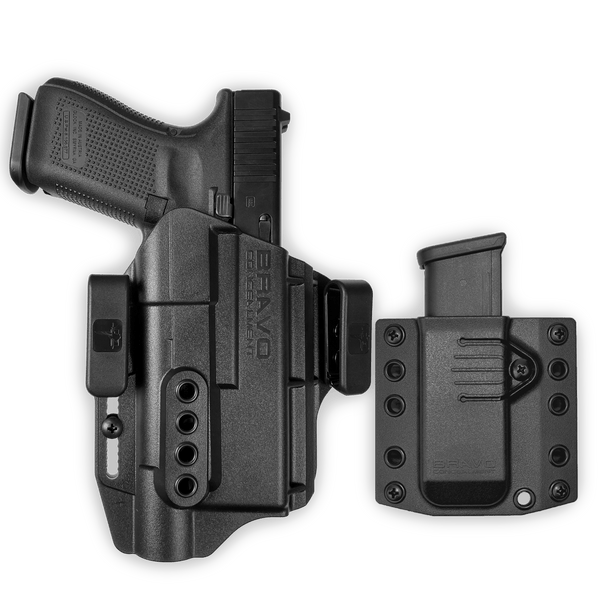
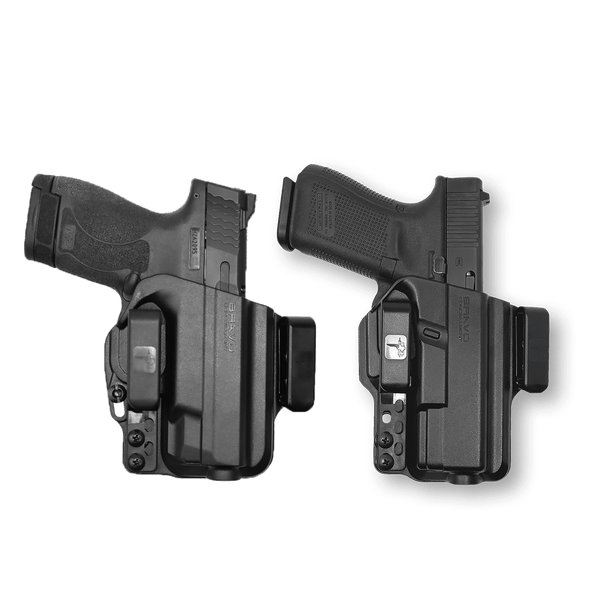
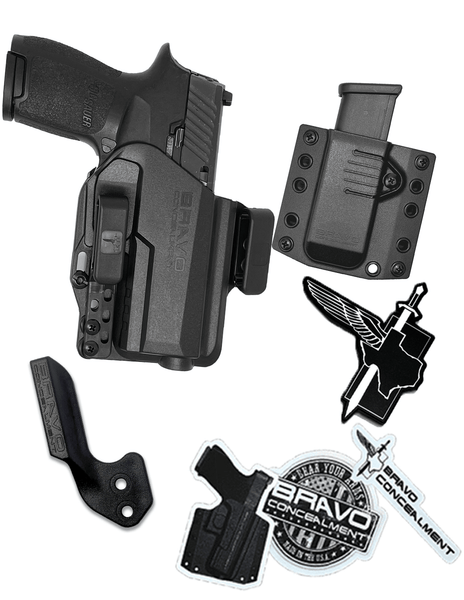
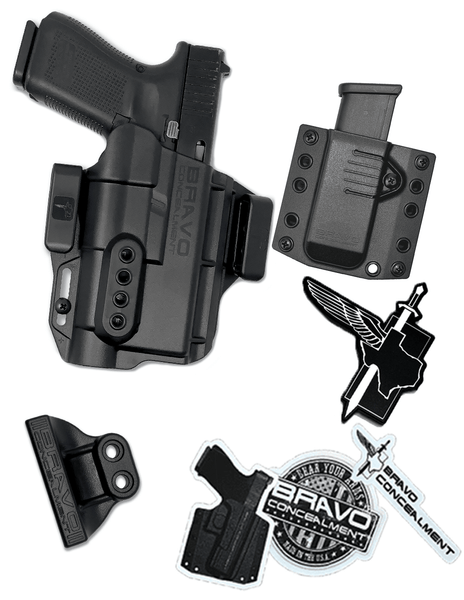
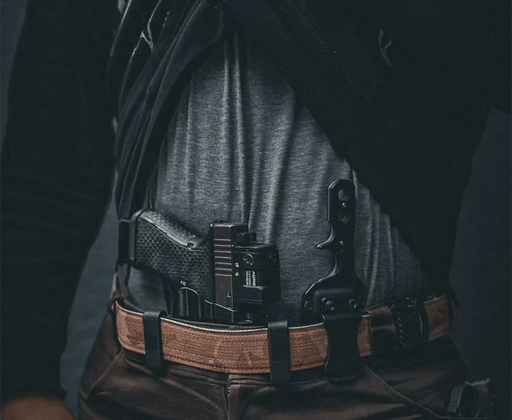
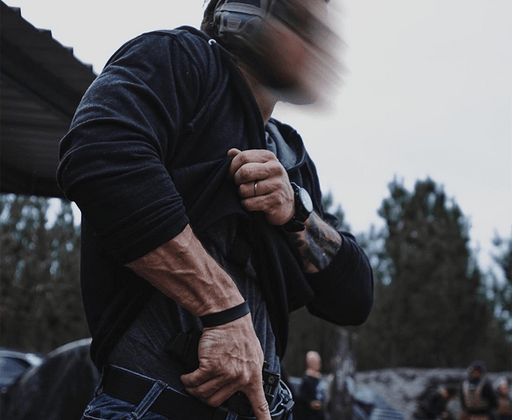
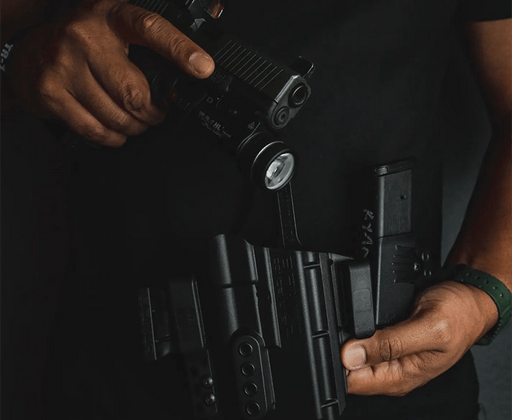
Leave a comment
1 comment
I use dry fire app & the timer & I have improved with training , so when I do go to the range for live fire it is amazing the progress I have made.